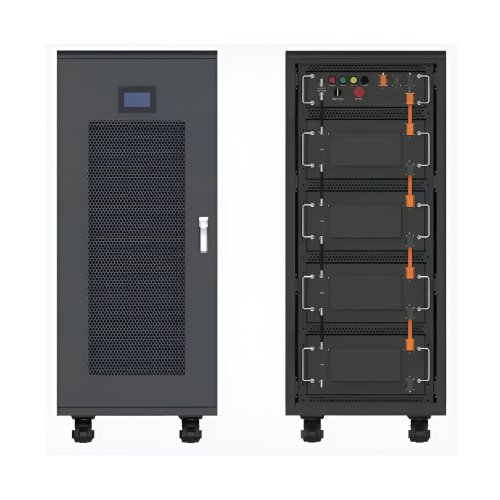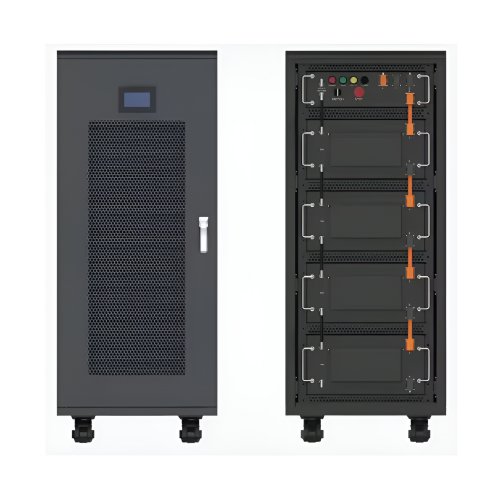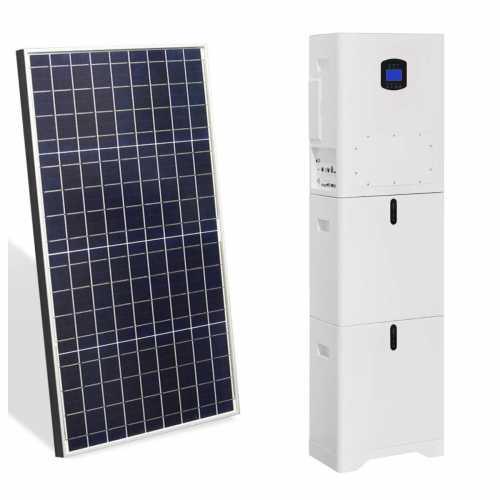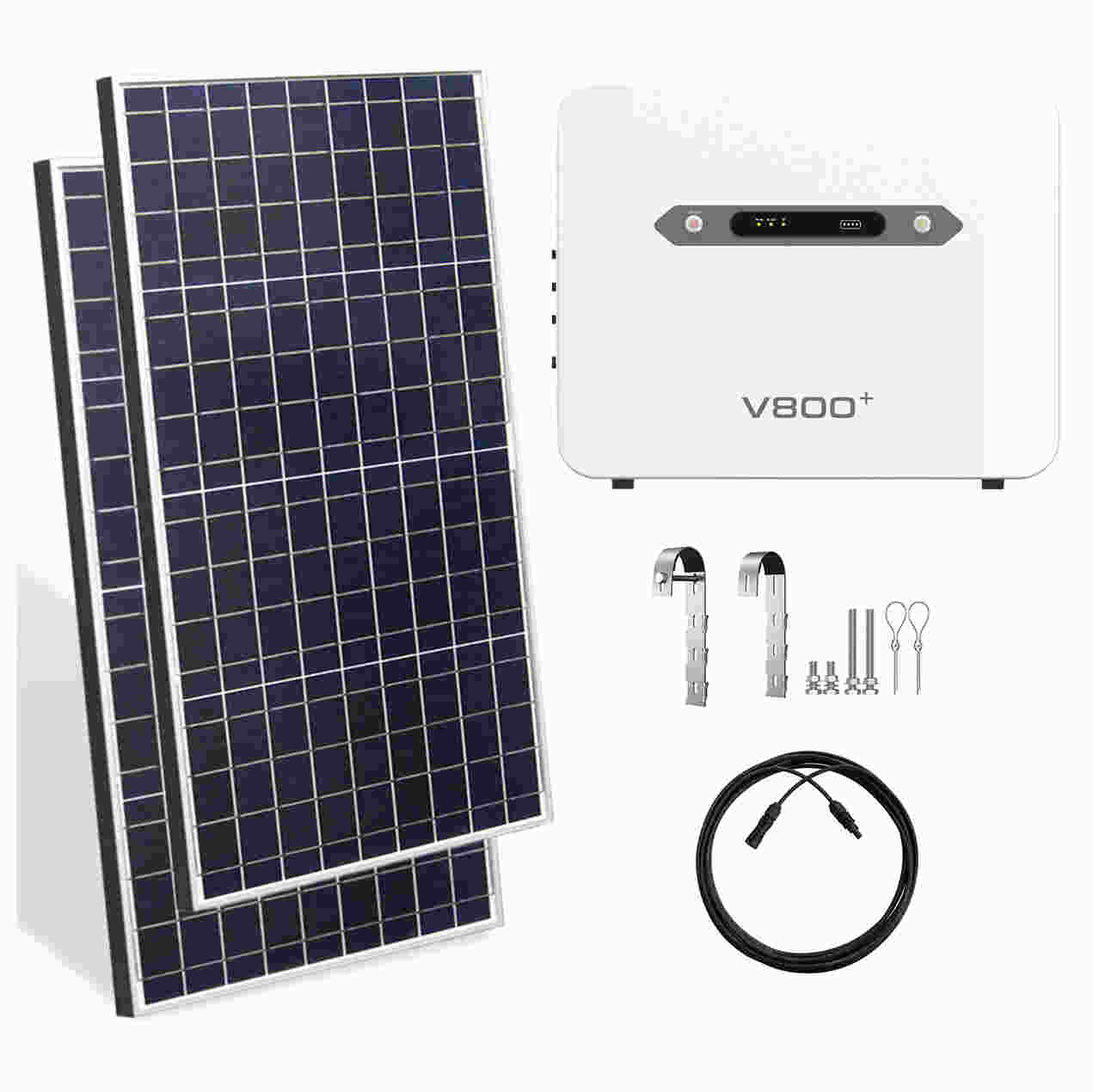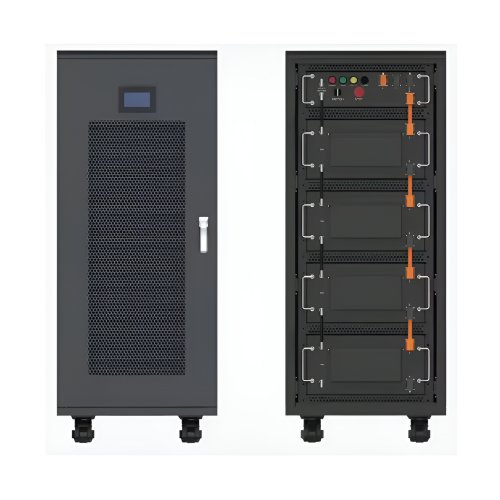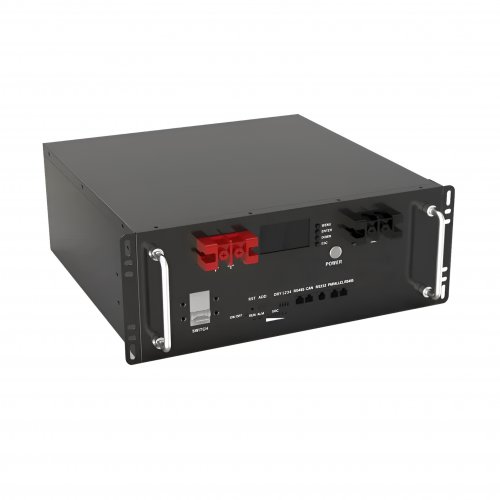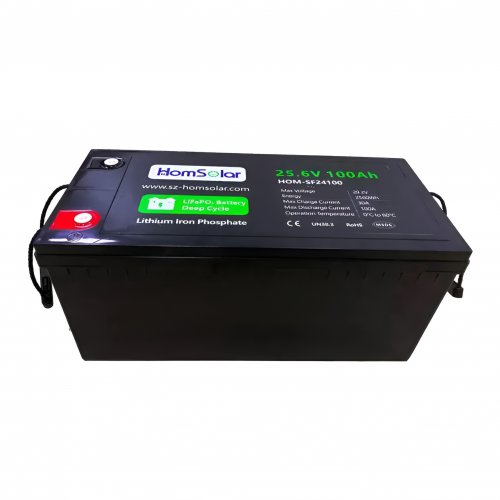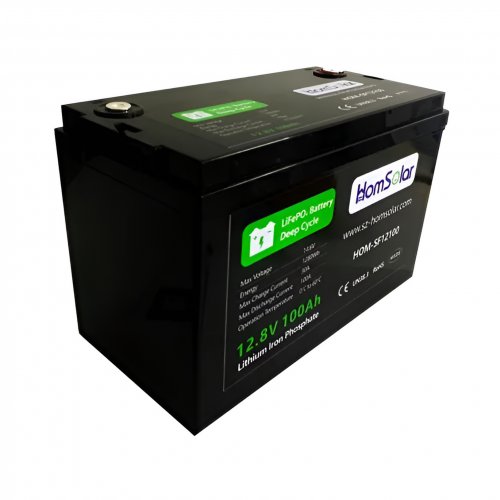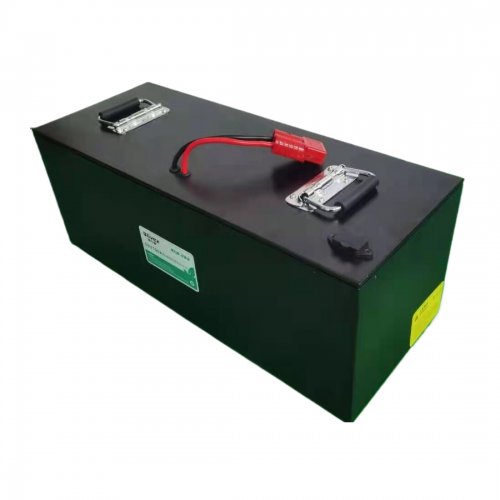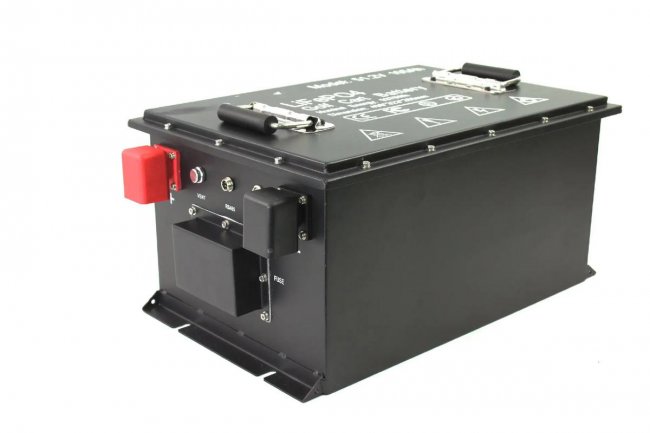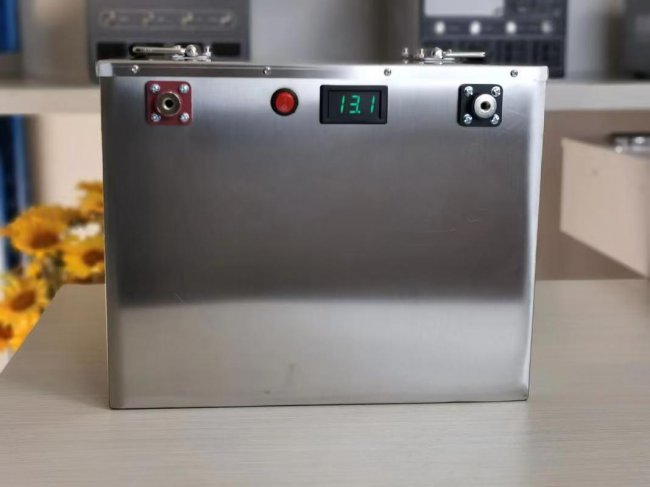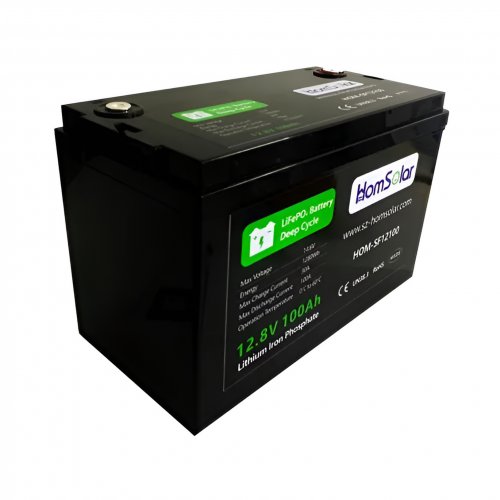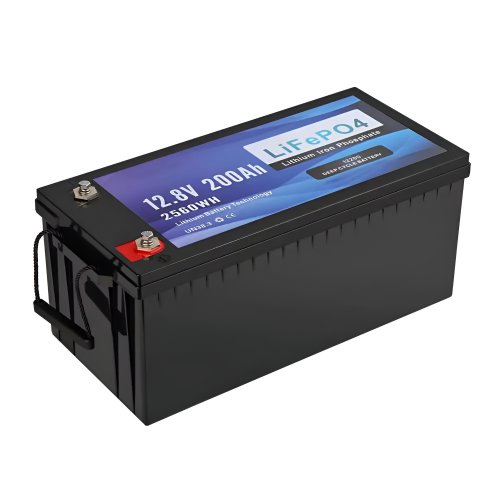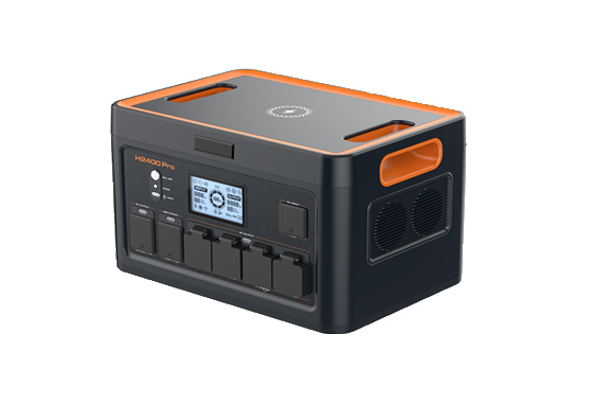Advances In Nanostructured Materials: Recent Breakthroughs And Future Perspectives
Nanostructured materials, characterized by their unique structural features at the nanometer scale (1–100 nm), have revolutionized fields ranging from electronics and energy storage to biomedicine and environmental remediation. Their exceptional properties—such as high surface-to-volume ratios, quantum confinement effects, and tunable surface chemistry—make them indispensable in modern science and technology. This article highlights recent breakthroughs in nanostructured materials, discusses emerging applications, and explores future research directions.
Recent advances in synthesis techniques have enabled precise control over the size, shape, and composition of nanostructured materials. For instance, researchers have developed novel bottom-up approaches, such as atomic layer deposition (ALD) and colloidal self-assembly, to fabricate nanostructures with atomic-level precision (Zhang et al., 2023). Top-down methods, including advanced lithography and etching techniques, have also improved, allowing for the creation of complex 3D nanostructures (Li et al., 2022).
A notable breakthrough is the development ofmultifunctional hybrid nanostructures. For example, metal-organic frameworks (MOFs) combined with plasmonic nanoparticles exhibit enhanced catalytic and sensing capabilities due to synergistic effects (Wang et al., 2023). Similarly, 2D materials like graphene and transition metal dichalcogenides (TMDs) have been integrated with quantum dots to create heterostructures with tailored optoelectronic properties (Chen et al., 2023).
Characterization techniques have also advanced significantly.In situelectron microscopy and synchrotron X-ray scattering now allow real-time observation of dynamic processes at the nanoscale, such as phase transitions and defect formation (Yan et al., 2023). These tools are critical for understanding structure-property relationships and optimizing material performance.
Nanostructured materials are driving innovations in energy storage and conversion. In lithium-ion batteries, silicon nanowires and graphene-based anodes have demonstrated superior capacity and cycling stability compared to conventional graphite (Liu et al., 2023). Meanwhile, perovskite quantum dots are enhancing the efficiency of next-generation solar cells by enabling tunable bandgaps and reduced charge recombination (Park et al., 2023).
In electronics,nanostructured memristorsare emerging as key components for neuromorphic computing. These devices mimic synaptic plasticity, enabling energy-efficient artificial intelligence hardware (Yang et al., 2023). Additionally, carbon nanotube-based transistors are being explored for flexible and wearable electronics due to their high carrier mobility and mechanical robustness (Sun et al., 2023).
Nanostructured materials are transforming biomedicine through targeted drug delivery, imaging, and regenerative medicine. For instance, gold nanoparticles functionalized with antibodies enable highly sensitive detection of cancer biomarkers (Gao et al., 2023). Meanwhile,nanostructured hydrogelsembedded with growth factors are being used to promote tissue regeneration in wound healing (Zhao et al., 2023).
Environmental applications include nanostructured adsorbents for water purification and catalytic nanomaterials for pollutant degradation. MXenes, a class of 2D carbides and nitrides, have shown exceptional performance in removing heavy metals and organic contaminants from wastewater (Alhabeb et al., 2023). Photocatalytic nanostructures, such as TiO₂ nanotubes, are also being optimized for solar-driven degradation of pollutants (Zhang et al., 2023).
Despite these advancements, several challenges remain. Scalable and cost-effective synthesis methods are needed to facilitate industrial adoption. Additionally, the long-term stability and toxicity of nanostructured materials must be thoroughly evaluated, particularly for biomedical and environmental applications.
Future research should focus on:
Nanostructured materials continue to push the boundaries of science and technology, offering unprecedented opportunities across multiple disciplines. With ongoing advancements in synthesis, characterization, and application, these materials are poised to address some of the most pressing global challenges. Collaborative efforts between academia and industry will be crucial to unlocking their full potential.
References (Selected Examples)
This article underscores the transformative potential of nanostructured materials while highlighting the need for interdisciplinary collaboration to overcome existing limitations. The future of nanotechnology is bright, with innovations poised to redefine industries and improve quality of life.
Customized/OEM/ODM Service
HomSolar Supports Lifepo4 battery pack customization/OEM/ODM service, welcome to contact us and tell us your needs.


HomSolar: Your One-stop LiFePO4 Battery Pack & ESS Solution Manufacturer
Our line of LiFePO4 (LFP) batteries offer a solution to demanding applications that require a lighter weight, longer life, and higher capacity battery. Features include advanced battery management systems (BMS), Bluetooth® communication and active intelligent monitoring.

Customised Lithium Iron Phosphate Battery Casing
ABS plastic housing, aluminium housing, stainless steel housing and iron housing are available, and can also be designed and customised according to your needs.

HomSolar Smart BMS
Intelligent Battery Management System for HomSolar Energy Storage System. Bluetooth, temperature sensor, LCD display, CAN interface, UART interface also available.


Terminals & Plugs Can Be Customized
A wide range of terminals and plugs can be customised to suit the application needs of your battery products.

Well-designed Solutions for Energy Storage Systems
We will design the perfect energy storage system solution according to your needs, so that you can easily solve the specific industry applications of battery products.



About Our Battery Cells
Our energy storage system products use brand new grade A LiFePO4 cells with a battery lifespan of more than 4,000 charge/discharge cycles.



Applications in Different Industries
We supply customized & OEM battery pack, assemble cells with wiring, fuse and plastic cover, all the cell wires connected to PCB plug or built BMS.
Applications: E-bike, Electric Scooter, Golf Carts, RV, Electric Wheelchair, Electric Tools, Robot Cleaner, Robot Sweeper, Solar Energy Storage System, Emergency Light, Solar Power Light, Medical Equipment, UPS Backup Power Supply.
We can provide you with customized services. We have the ability to provide a vertical supply chain, from single cells to pack/module and to a complete power solution with BMS, etc.


HomSolar (Shenzhen) Technology Co., Ltd







